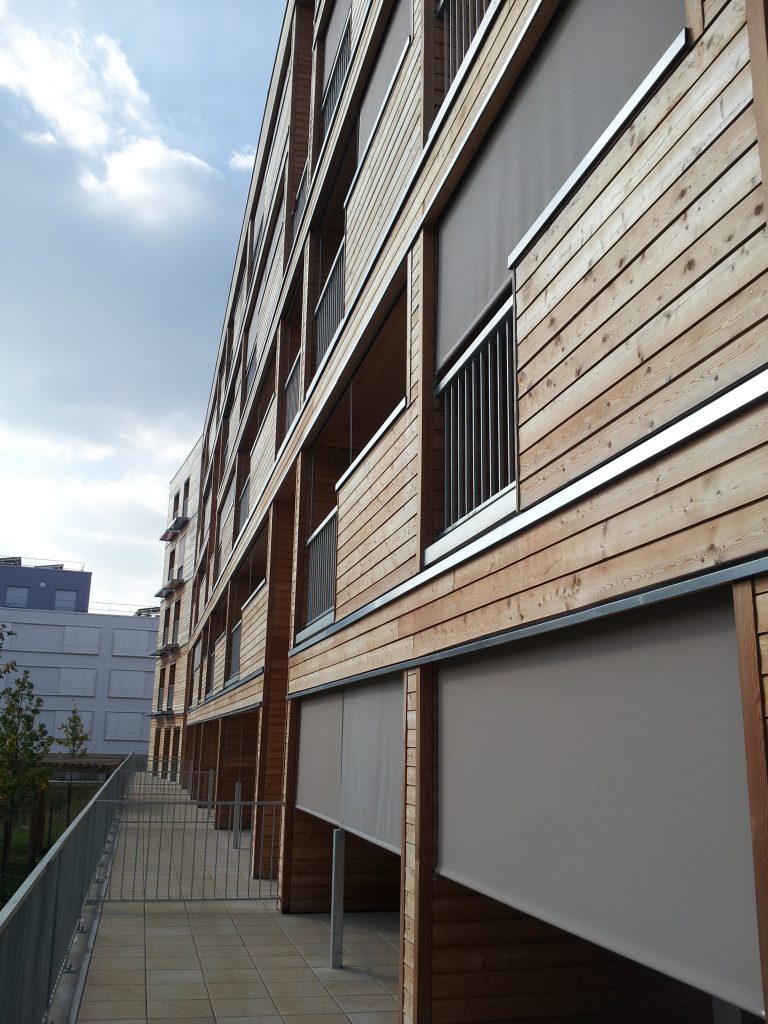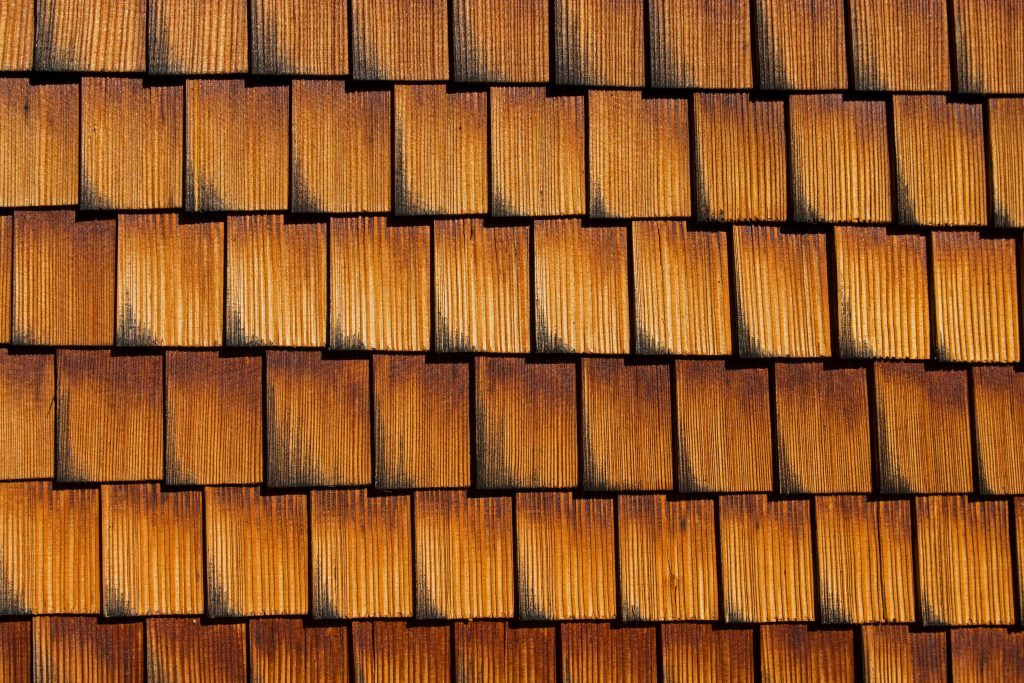
Cladding is an external layer attached to walls of buildings to protect it from harsh weather conditions. Since your choice of cladding should be based on a careful assessment, we’ve prepared a list of the 6 most common cladding systems out there. This post covers everything from availability to fire resistance.
Cladding Option 1: Steel
Cladding made of steel can come in a wide range of cold-formed profiles and can have a rust coating that protects it from further corrosion.
Availability
Steel is widely available in almost every country.
Maintenance
Steel cladding requires very low maintenance as the finishes are very durable and rarely require repainting.
Finishes
Steel cladding can come in a wide array of standard colors and finishes. The finishes can also come with galvanized and zinc corrosion treatments.
Durability
Since galvanized corrugated steel has a life expectancy of more than 100 years, its durability can be considered as being very high.
Waterproofness
Steel cladding is very waterproof.
Insulation
Steel offers zero insulation.
Fire resistance
Whether used in roofing applications or walling applications, steel cladding is very resistant to fires.
Embodied energy
Steel cladding has very high embodied energy.
Cladding Option 2: Aluminum
Although very similar to steel, aluminum cladding is generally more corrosion-resistant than steel. Additionally, it comes in a wide variety of cold-formed profiles.
Availability
Aluminum is readily available material all over the world.
Maintenance
Aluminum cladding doesn’t require a lot of maintenance. Low. Since the powder-coated finishes can last up to 15 years, they do not require constant repainting.
Finishes
Aluminum cladding is usually powder coated in standard colors, but it is possible to request other colors.
Durability
Aluminum cladding tends to be very durable as Aluminum itself is highly resistant to corrosion.
Waterproofness
Aluminum is one of the most waterproof cladding.
Insulation
Aluminum offers no insulation.
Fire resistance
Aluminum is relatively fire-resistant.
Embodied energy
Aluminum has the highest embodied energy than any other cladding and is very appropriate in highly corrosive environments.
Cladding Option 3: Reconstituted timber products

Reconstituted timber products are generally made from forestry waste and are very sustainable.
Availability
Reconstituted timer products are usually readily available in a lot of places.
Maintenance
The maintenance of reconstituted timber cladding is moderate. Even if pre-primed, this cladding requires repainting.
Finishes
This product is available in a large variety of patterns and finishes. It must be painted over.
Durability
Reconstituted timber products are highly durable and are very suitable for sites vulnerable to seismic movement.
Waterproofness
This type of cladding has a high waterproof rating.
Insulation
The insulation reconstituted timber cladding offers is almost negligible.
Fire resistance
This cladding is generally resistant to fire.
Embodied energy
Reconstituted timber products are among the lowest embodied energy cladding materials.
Cladding Option 4: Fiber cement
Produced as planks, weatherboards or sheets, fiber cement claddings are very sustainable.
Availability
Fiber cement cladding is commonly available.
Maintenance
The stability of fiber cement ensures that it does not need a lot of maintenance . It will require re-painting to maintain waterproofness though.
Finishes
Just like reconstituted timber products, fiber cement cladding is available in a diverse range of patterns, shapes, and finishes.
Durability
Fiber cement cladding is highly durable and stable, making it suitable for sites subject to seismic movement.
Waterproofness
This varies according to the thickness and the finish of the cladding.
Insulation
Fiber cement cladding is generally a poor insulator.
Fire resistance
This type of cladding is very resistant to fires.
Embodied energy
The embodied energy of fiber cement cladding is generally low but varies with cement content and manufacturing efficiency.
Cladding Option 5: Brick
Availability
Brick cladding is probably the most common cladding system out there.
Maintenance
The maintenance will depend on whether you paint and render. If you choose to do that, the maintenance will be high. Otherwise, it is the lowest maintenance when compared to other forms of cladding.
Finishes
This type of cladding has a diverse range of colors and finishes.
Durability
Although brick claddings are not suitable for reactive soils and seismic loads, they tend to be highly durable on well-designed footings.
Waterproofness
Brick claddings are not waterproof. This means that the cladding will need to have a wide cavity and specially designed ties, flashings and cavity drainage fitted.
Insulation
This cladding is a poor insulator.
Fire resistance
Brick claddings are very fire resistant.
Embodied energy
The embodied energy is usually very high due to the quantities used.
Cladding Option 6: Plywood sheeting
Availability
Plywood sheeting is easily accessible.
Maintenance
The maintenance will vary from moderate to low, depending on the quality and grade of the sheeting.
Finishes
Plywood sheeting must usually be painted, oiled or stained.
Durability
Just like for maintenance, the durability will depend on the grade of the sheeting. In fact, even maintenance can influence its life expectancy. But generally, it is moderately durable.
Waterproofness
Depending on the finishes, the waterproofness of the plywood sheeting can be high.
Insulation
Plywood sheeting is not a very good insulator.
Fire resistance
It is not very resistant to fires, either.
Embodied energy
The embodied energy will vary from low to moderate, depending on the manufacturing process.
